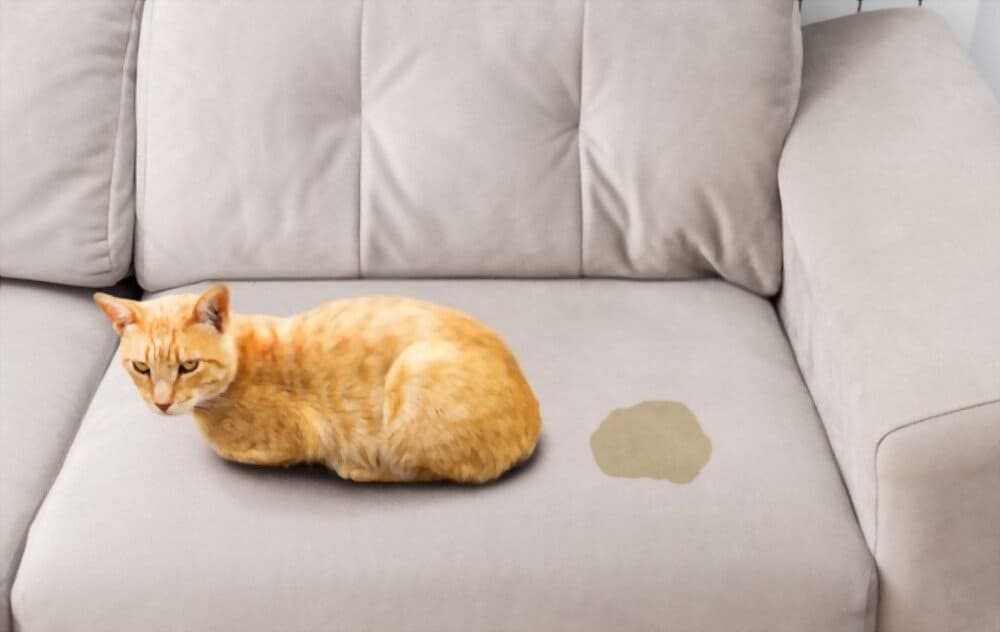
For those of us who own cats, we know cats are self-groomers and are extremely clean and hygienic. Still, sometimes, due to illness, aggressiveness, or other various factors, including their not being properly litter trained, cats can urinate in multiple spaces around the house. This tells the owner that something is wrong and unusual about their behavior.
Cats urinating in unusual spaces is also not convenient because of the smell. The urine is highly pungent, especially in male cats, and is impossible to remove from absorbent materials. For instance, if your cat pees on the bed or the carpet, it is highly likely that the smell will not go away. However, some foolproof methods can help you remove the smell for good. These steps must be taken quickly, so the odour doesn’t seep in and become absorbed within the carpets.
Ways to remove cat urine odour from carpets:
Always clean the stain first. Blot any excess urine that has spilled on the carpet. Then use any cleaning solution suitable for your carpet to deal with the smell. Vinegar is a dream cleaning agent. When paired with baking soda, it cleans any surface instantly. When paired with water, vinegar can do the same. It deodorises the surface and removes any bacteria that have started to grow. Let the carpet completely air dry before using it.
Another easily-available ingredient is baking soda, which is perfect for sanitising and deodorising the carpet. After blotting the urine with a clean cloth, sprinkle some baking soda on top. Be generous, as you want to remove the urine scent from the carpet altogether. You will notice the baking soda will start to crumble after a few minutes. It extracts the excess from within the surface, and then lumps can be easily removed. For moisture traces, ensure the carpet is completely dried before using it again.
Cat urine has urea that causes the odour to spread and increase with time. You will notice that any affected area starts getting worse after some time. The trick is to invest in some quality enzyme cleaners. Depending on the thickness and material of your carpet, pour in a generous amount and let it rest. Then use a clean sponge and dip it in some cold water and start scrubbing. Your sponge should be damp, not wet. Trapping more moisture within the carpet will not allow enzyme cleaners to do their trick.
Usually, fabric detergent cleaners can also work when all else fails. If you want that whiff of fresh laundry, you might also want to try some detergent cleaners. Start by mixing some of the cleaners with water and preparing a mix. Blot the area quickly and apply the mixture. Let it rest for a while, and clean it with a sponge and cold water till all the detergent is removed. Uncleaned detergent can enhance the stain and even decolorize the area. Also, you need to make sure that the detergent cleaners you use don't have bleach or any other chemicals that could damage or fade the carpet.
People have also used dishwashing soap with baking soda and other over-the-counter hacks that have brilliantly worked for them. The trick is to make haste and deal with the situation quickly. Stay vigilant to avoid such accidents, and always look for solutions when your pets start to act up. This is the only way to remove the cat urine smell from your carpets for good!

Harry Virk is the director of CleaningPro Auckland. He has years of experience in the cleaning industry and his company is expert at providing exceptional cleaning services in Auckland. He has a passion for helping people and making sure that their homes are clean, tidy, and ready for visitors.




